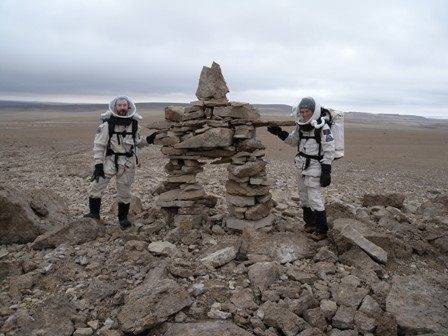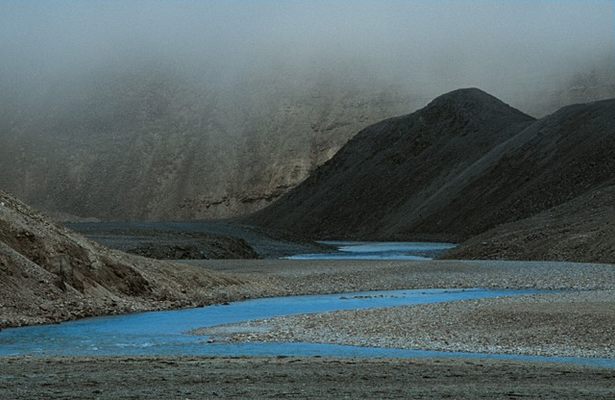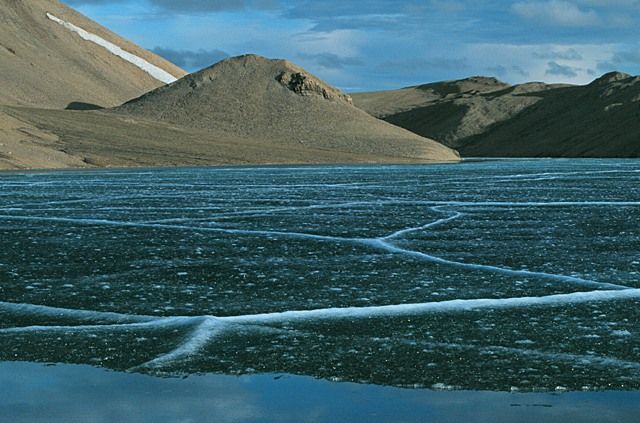About
Roughly 23 million years ago, a large rock hit the earth near in what is now Northern Canada.
The Haughton Crater is one of the world's northernmost impact craters, and about the closest thing to Mars on Earth. For NASA, and anyone interested in a mission to Mars, this crater is an excellent practice ground for what one day may be the first human voyage to a neighboring planet.
The crater itself wasn't found until the 1950's when it was spotted in aerial photographs. Named after Reverend Samuel Haughton, a British naturalist who wrote the first geological account of the Arctic Archipelago, the crater lies in a type of polar desert environment called a "frost rubble zone". It is the only impact crater known to exist in such an environment, and despite being 23 million years old, has undergone little erosion due to the lack of liquid water and vegetation in the area.
These factors, along with the crater's geology, make the freezing, desert-like landscape one of the closest approximation to the Martian environment that can be found on Earth. Beginning in 1997 the location became the base of the Haughton-Mars Project, and attempts to begin practicing for a future Mars mission.
Among the research there is FMARS or the Flashline Mars Arctic Research Station created by the Mars Society, a non-profit volunteer organization devoted to space advocacy and the settlement of Mars. Here a crew of six, dressed in full spacesuits, simulate various missions and emergency scenarios. Among the research is "Low Level Laser Light Therapy" a way to keep the astronauts "limber and flexible and limber during long exposure to cold temperatures," and "Crew Safety in Simulated Emergency Situations" which simulates emergencies such as "habitat depressurization, habitat fires, toxic chemical leaks, EVA suit leaks, power failures, and medical emergencies."
Researchers inhabit the crater only during the summer months, as winters at this latitude are too cold and sunless, for even the likes of the FMARS crew.
Related Tags
Published
December 28, 2015
























































